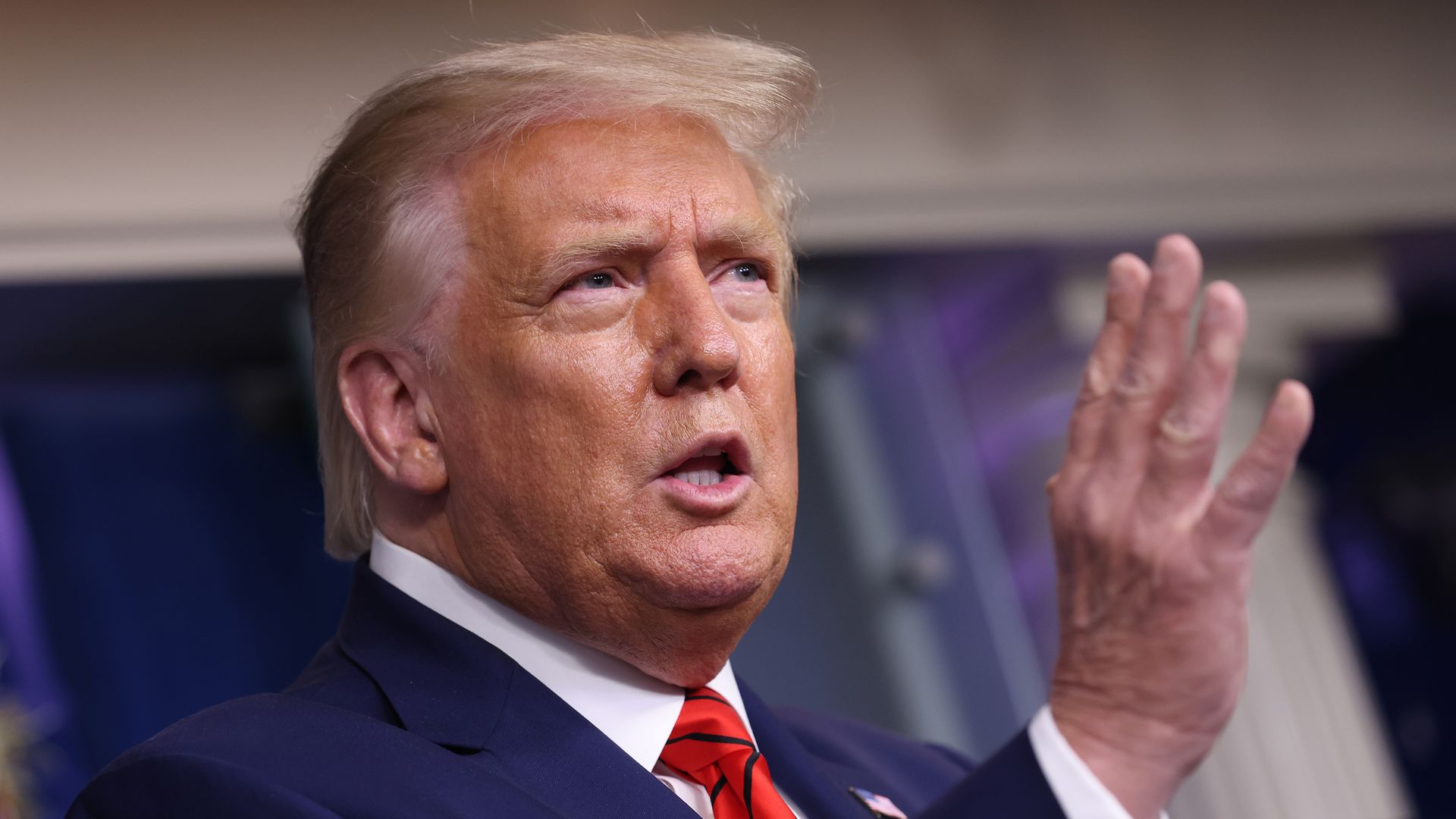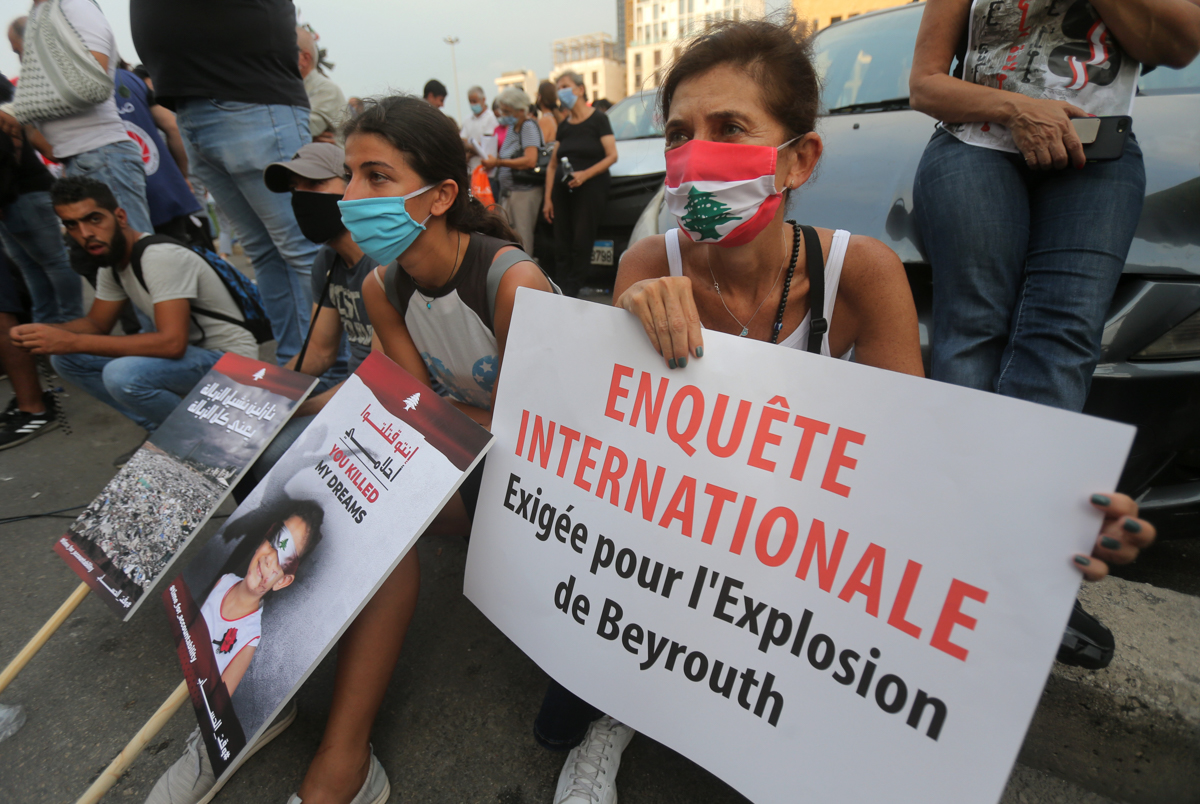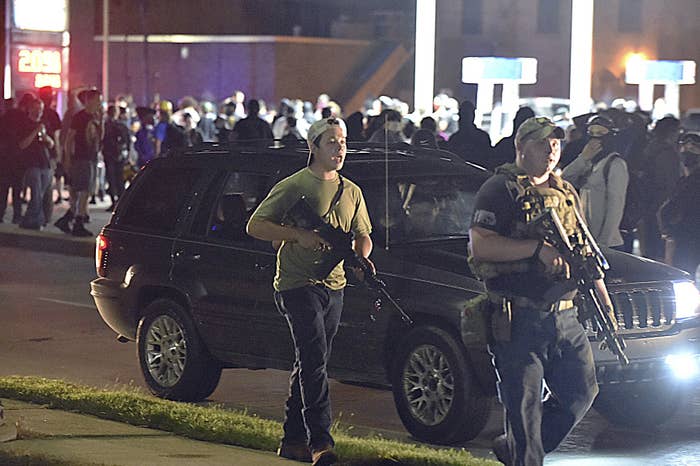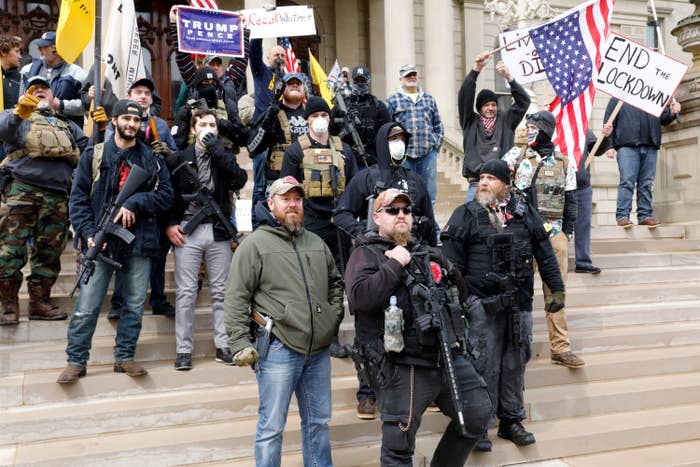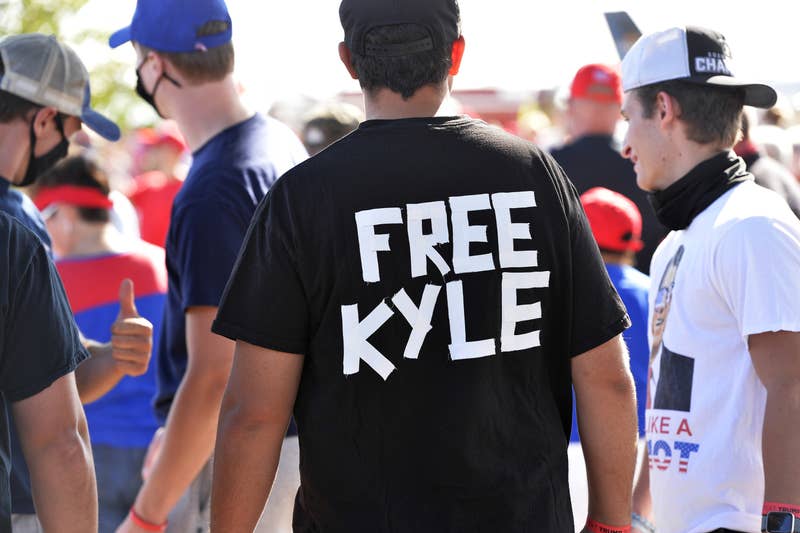The energy jobs that Gen Z wants
Ben Geman, author of Generate

Data: Morning Consult; Chart: Axios Visuals
Members of Generation Z are far more interested in careers in renewable energy than nuclear power or fossil fuels, new Morning Consult polling shows.
Why it matters: The new data underscores a much-discussed problem facing the oil-and-gas and nuclear sectors: Attracting young talent.
How it works: Morning Consult polled 1,000 people ages 13–23 about whether they were interested in careers in the industries listed above.
Members of Generation Z are far more interested in careers in renewable energy than nuclear power or fossil fuels, new Morning Consult polling shows.
Why it matters: The new data underscores a much-discussed problem facing the oil-and-gas and nuclear sectors: Attracting young talent.
How it works: Morning Consult polled 1,000 people ages 13–23 about whether they were interested in careers in the industries listed above.
"When Gen Zers do look to the future, it seems that participating in sectors whose emissions contribute to climate change holds little appeal," they report.
Nuclear power also holds much less appeal than renewables, even though it's a zero-emissions generation source.
Of note: The poll's margin of error is ±3%.


